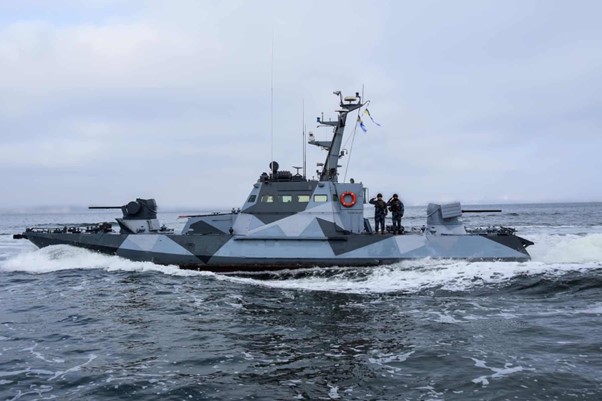Following the destruction of the oil depot in Feodosia in occupied Crimea, the Russian Armed Forces are grappling with significant challenges related to fuel storage and distribution for military equipment, including tanks, armored personnel carriers, and aircraft, according to a report from the Atesh partisans.
JOIN US ON TELEGRAM
Follow our coverage of the war on the @Kyivpost_official.
The report indicates that Russian troops are now compelled to distribute fuel at various points across the peninsula, taking measures to disguise their storage sites. Atesh agents are monitoring all deliveries of fuel tankers, tracking their movements, and identifying storage locations and transport routes to the front, they say.
Previously, Atesh guerrillas announced their ongoing efforts to monitor critical Russian supply points. Recently, their agents identified a logistics hub used by Russian forces in Crimea, where they observed fuel transfers from railway cars to tankers.
This fuel is transported to mobile stations throughout the peninsula, with the largest shipments heading to Krasnoperekopsk for delivery to the front lines. All supply routes from the unloading point pass through Tymashivka, where a new road is under construction.

‘Madiar’s Birds’ Find Key to Defeating Russia’s ‘Invulnerable’ Fiber-Optic FPV Drones
On Oct. 7, Ukrainian drones targeted a major oil refinery in Russian-occupied Crimea, igniting a fire and striking a blow to the region’s already strained energy infrastructure. Residents of Feodosia, a Black Sea resort city, reported hearing a series of powerful explosions between 4:20 and 4:30 a.m., followed by large columns of smoke and flames near the JSC Marine Oil Terminal.
Russia’s Defense Ministry confirmed Ukrainian drone activity over Crimea, claiming to have shot down 12 drones but denying any successful strikes or damage. Meanwhile, the Russian Transportation Ministry imposed a lockdown on major roads around the refinery, citing “technical reasons.”
Ukraine’s Armed Forces (AFU) General Staff took responsibility for the attack, describing it as “successful” and stating that fires and visible damage had been inflicted on the refinery. Intelligence is still being gathered to assess the full impact of the strike.
The Crimean Wind Telegram channel reported Wednesday, Oct. 9, that the fire at the oil depot in Feodosia has not diminished after three days and may have even intensified.
Earlier, the Russian Ministry of Emergency Situations indicated that the fire would continue for several more days and would not be extinguished until the fuel tanks completely burned out.
An excess of sulfur dioxide was detected in a sample taken near the burning oil depot in Feodosia, according to Natalya Penkovskaya, the so-called head of the interregional department of the Federal Service for Supervision of Consumer Rights Protection (Rospotrebnadzor) for Crimea and Sevastopol. A total of 1,129 people were evacuated from the emergency area in Feodosia.
In late summer, Ukraine initiated a bombardment campaign targeting Russia’s oil and gas infrastructure, with some strikes reaching up to 700 kilometers deep inside Russian territory. On Sept. 1, Ukraine executed its largest drone strike of the war, with 158 drones hitting multiple regions, according to the Russian Ministry of Defense. However, local reports suggest that the actual number of drones involved may have been even higher.
A Moscow region official reported that three drones attempted to strike the Kashira coal-fired power station, and footage from residents showed explosions and a fire at the plant following the attack.
Russian news agencies also reported a fire at the Moscow oil refinery in Kapotnya, which appeared to have been caused by a drone strike. Despite this, Moscow Mayor Sergei Sobyanin claimed there was “no damage or casualties.” Later footage showed a helicopter assisting in extinguishing the blaze, which was classified as a level 5 incident—the highest level of difficulty.
Another fire erupted at the Konakovo power plant in the Tver region, one of the largest in Central Russia and the eighth-largest thermal power plant in the country. Additionally, a nearby gas storage facility also caught fire. Local authorities reported that electricity and gas supplies to residents were not affected by these incidents.
You can also highlight the text and press Ctrl + Enter














